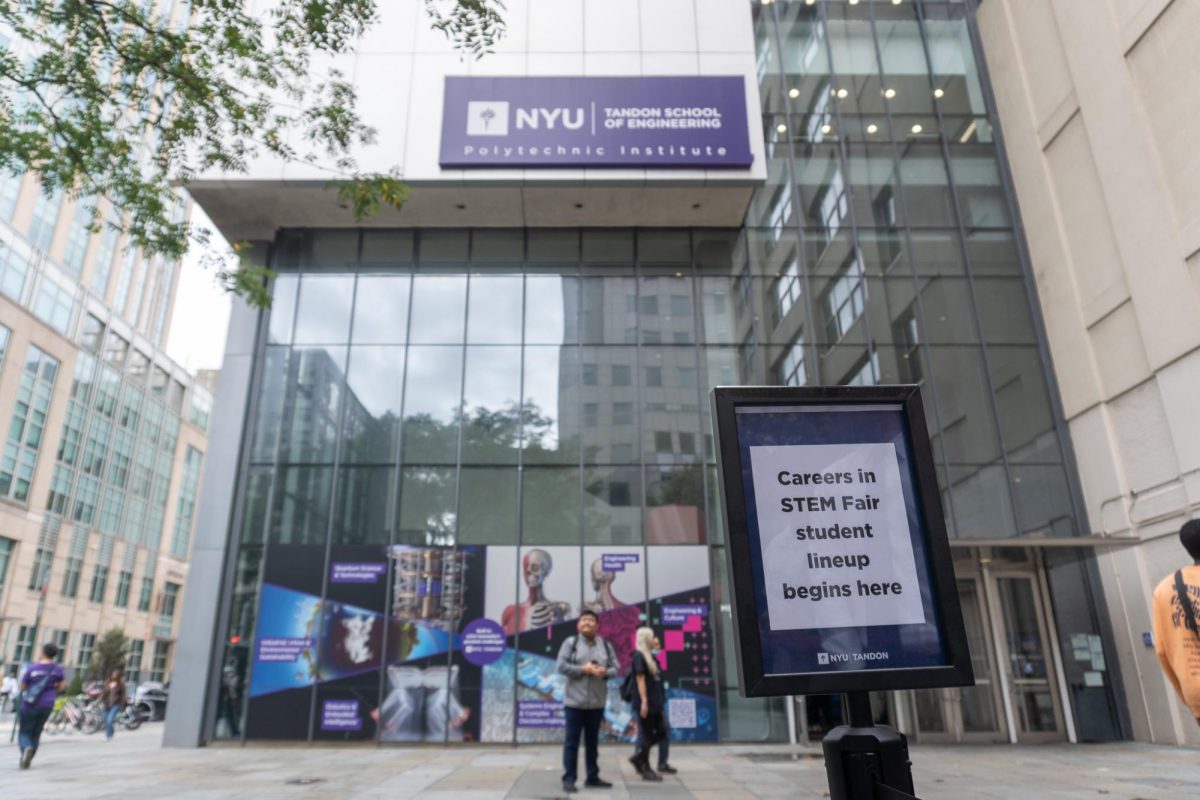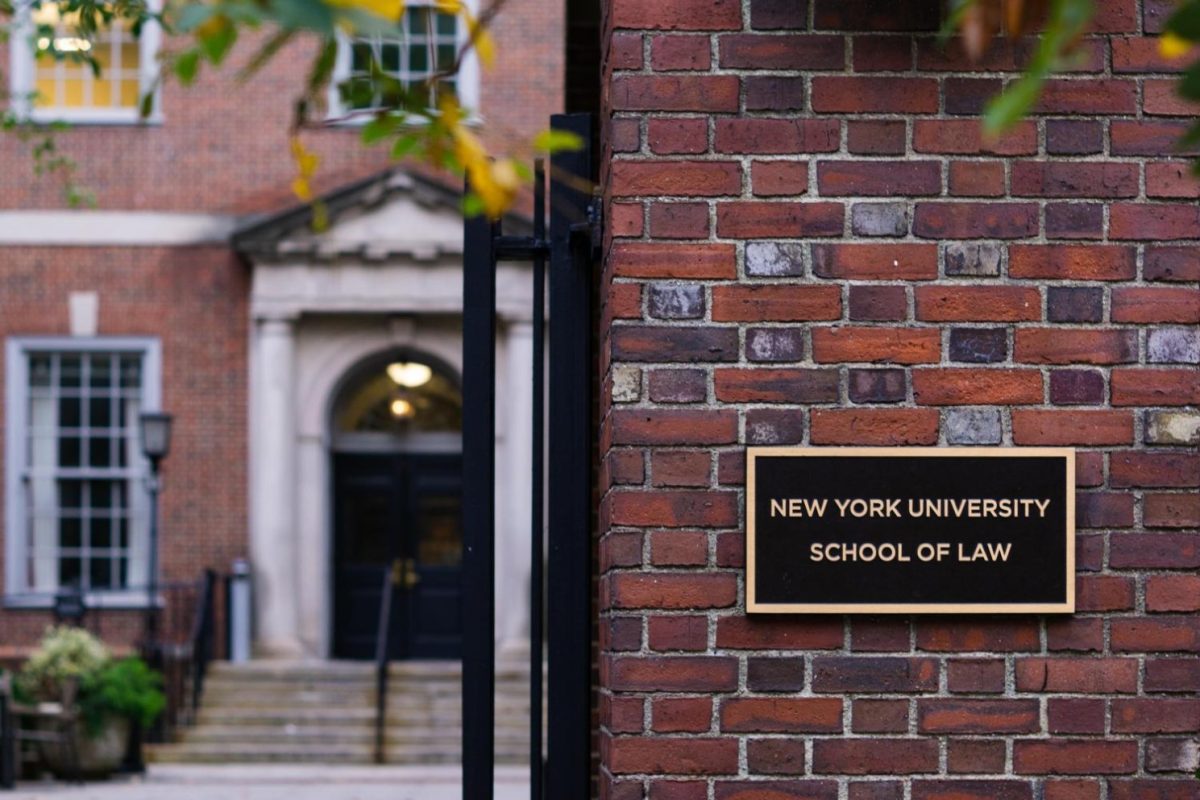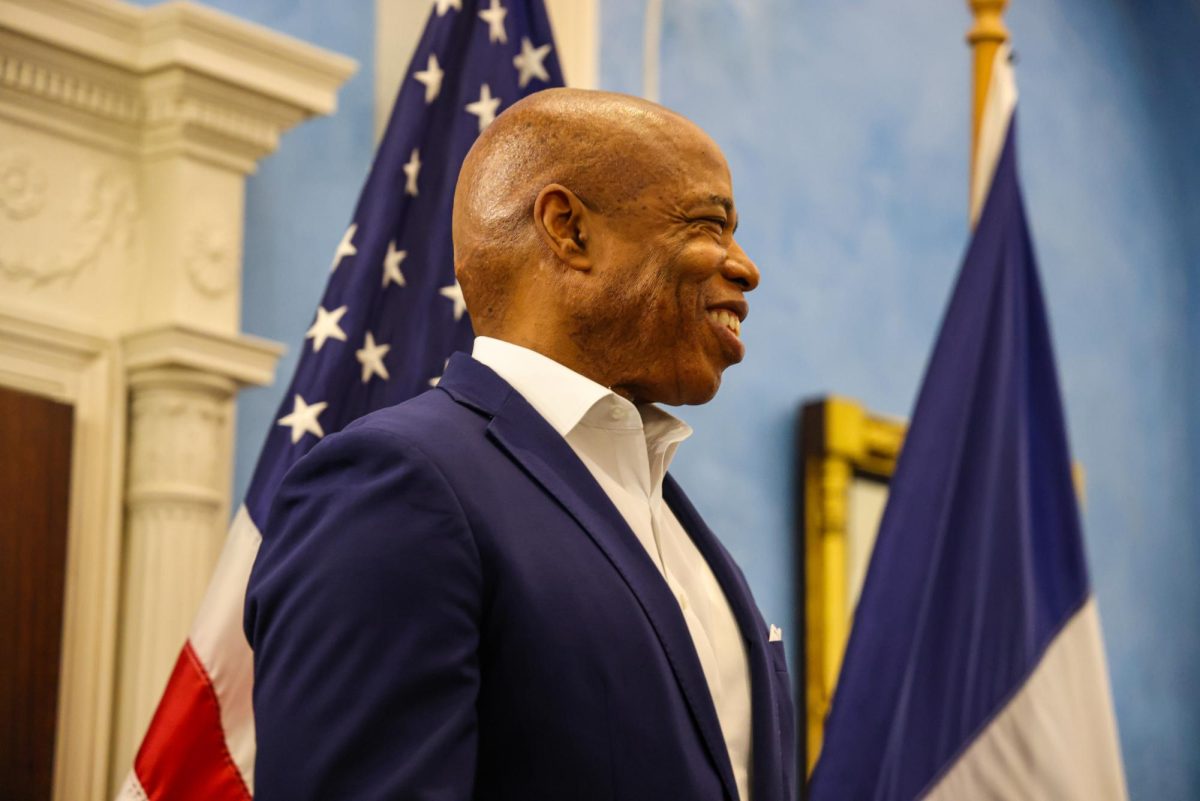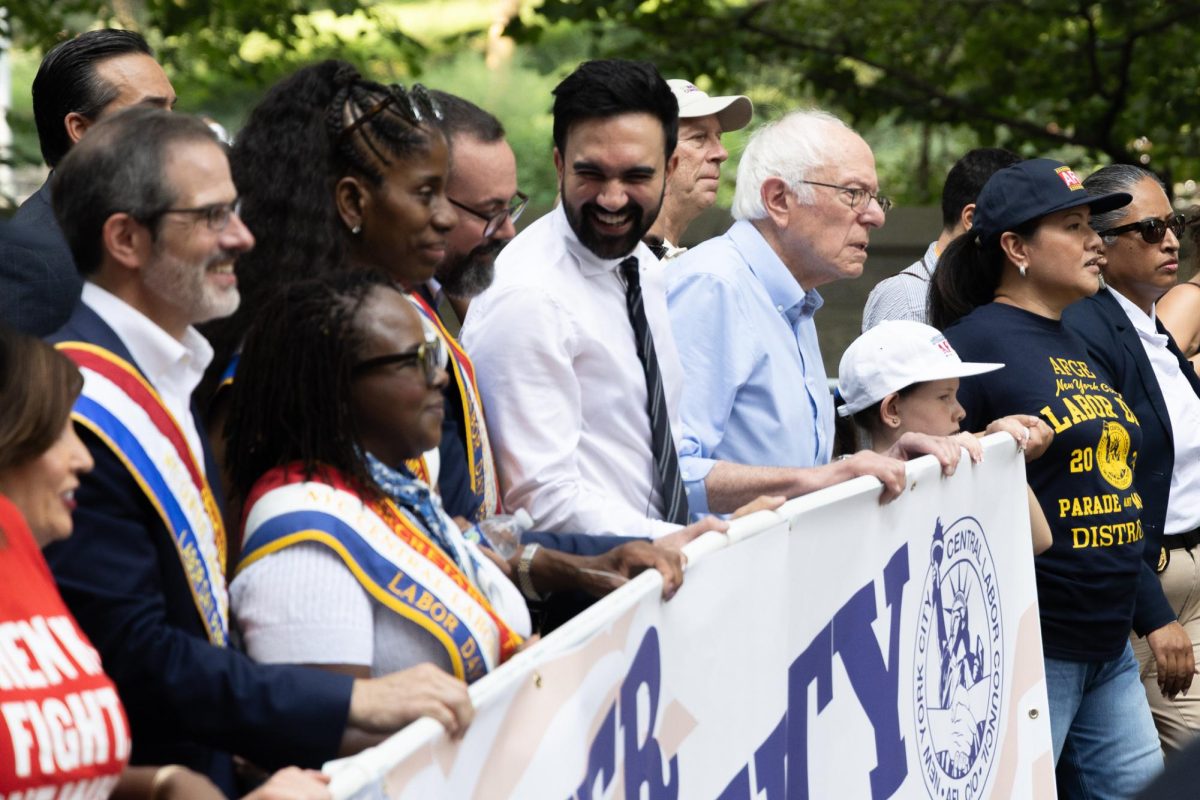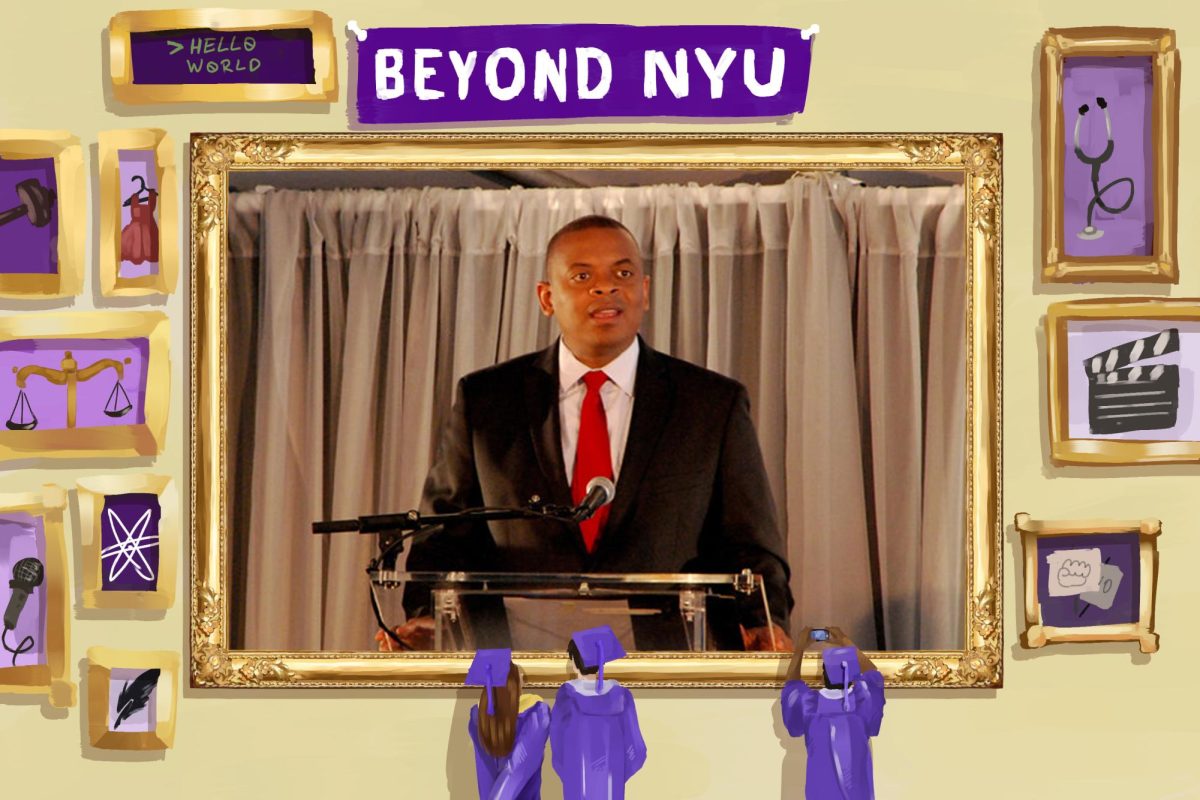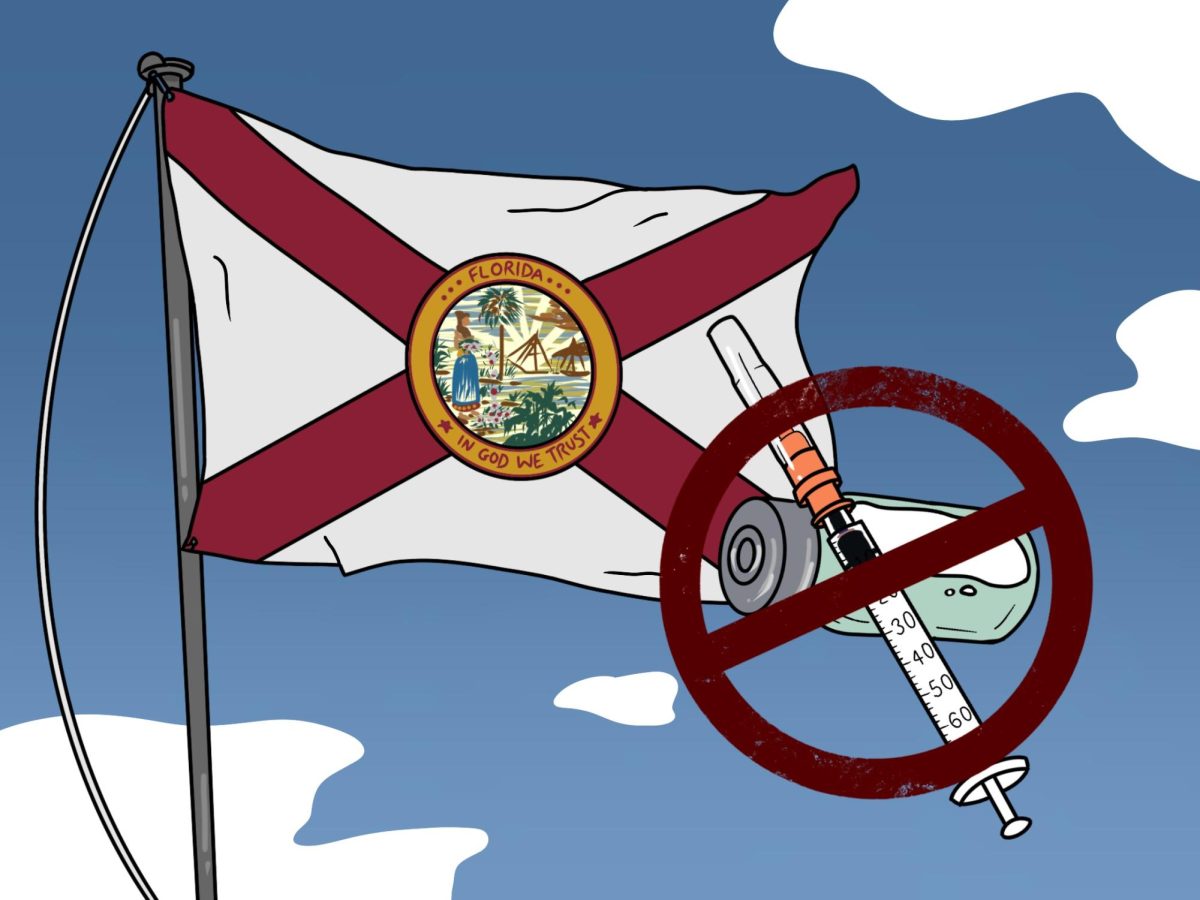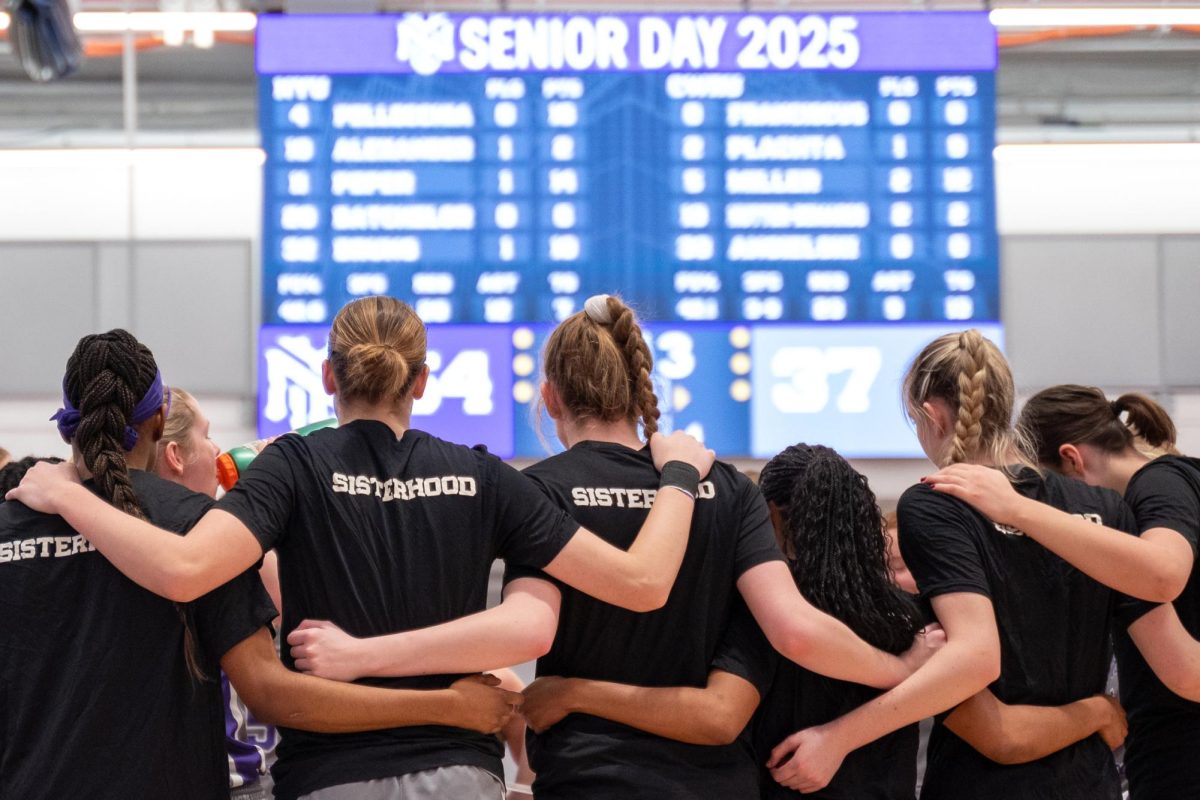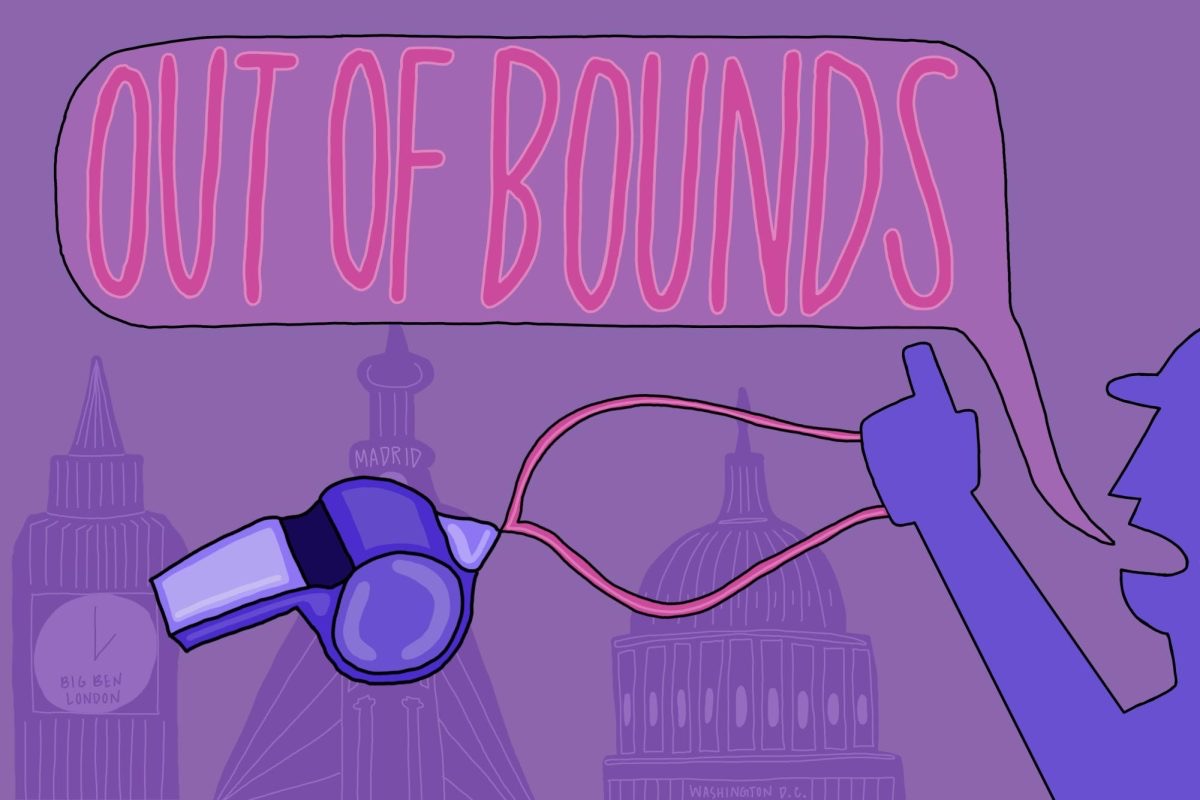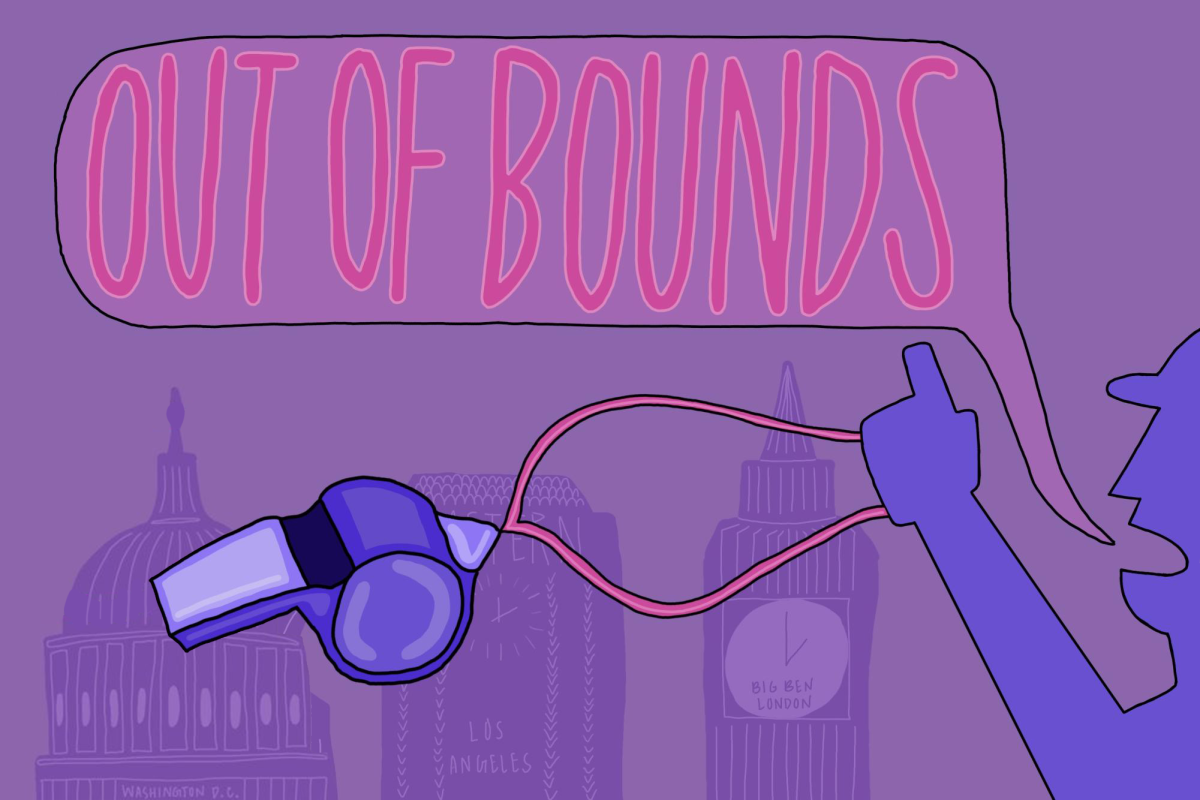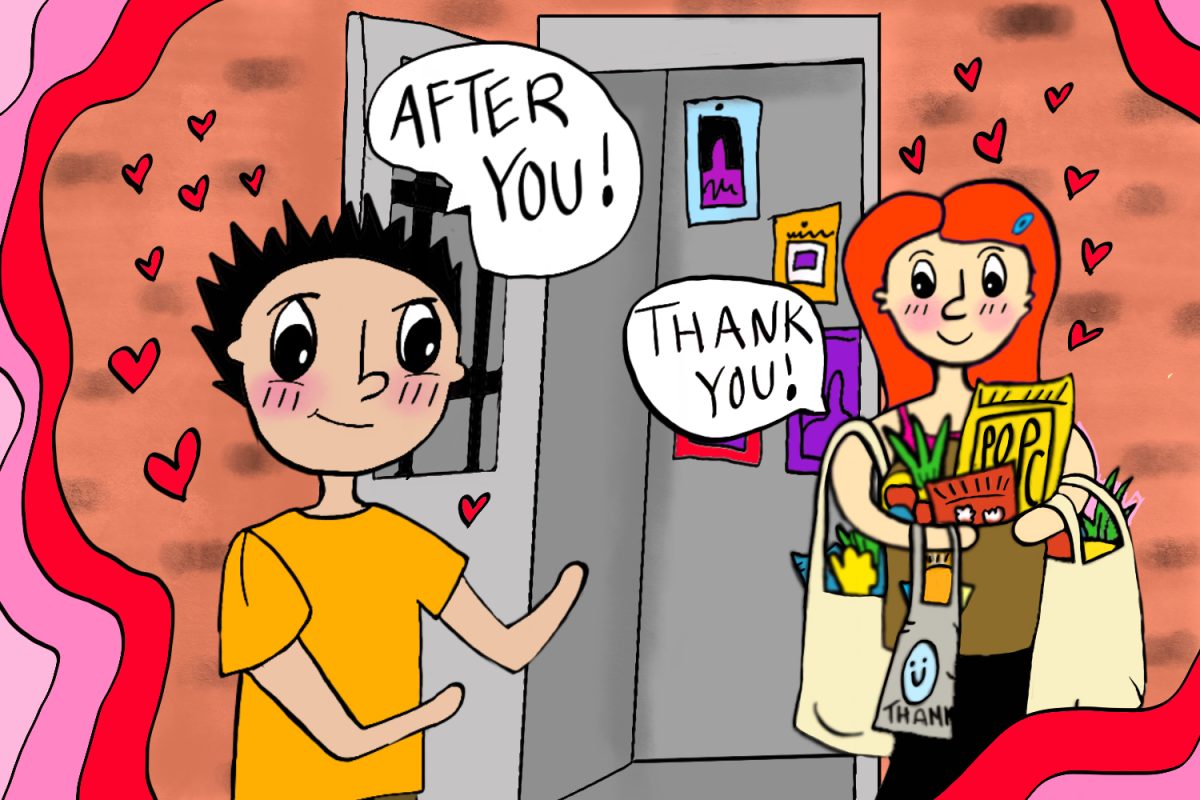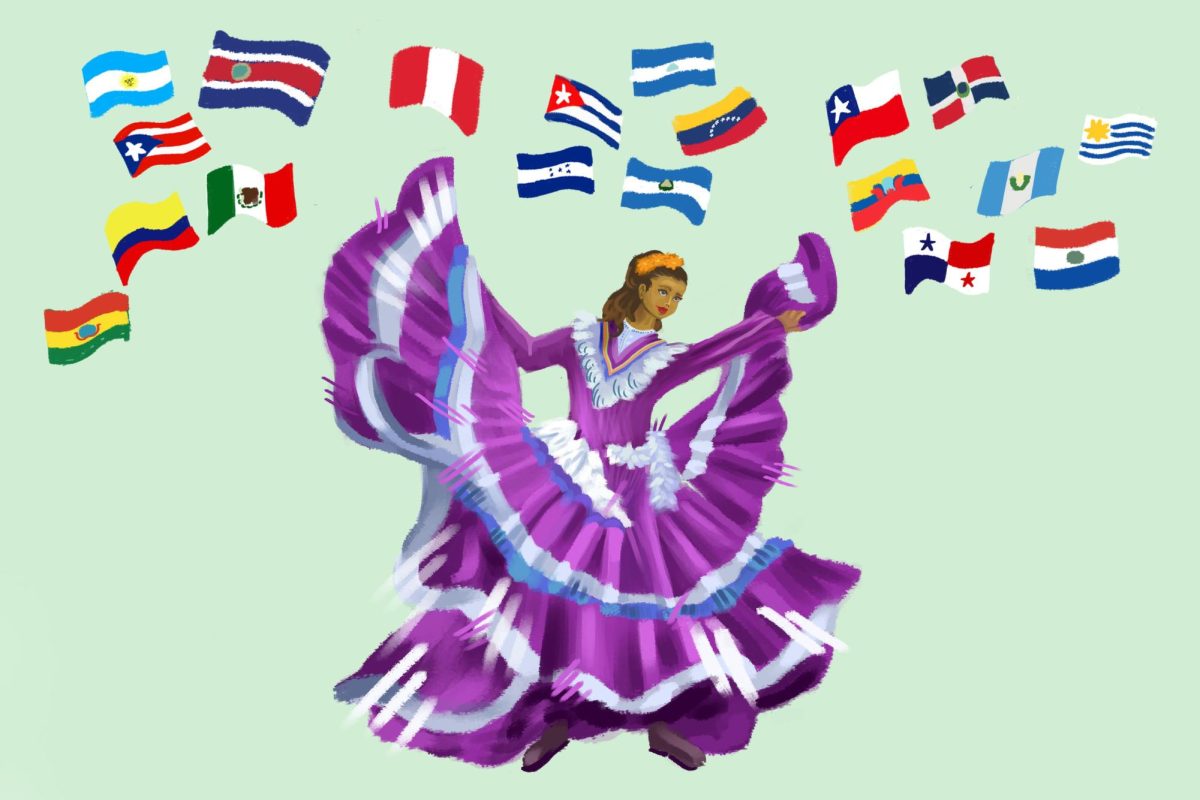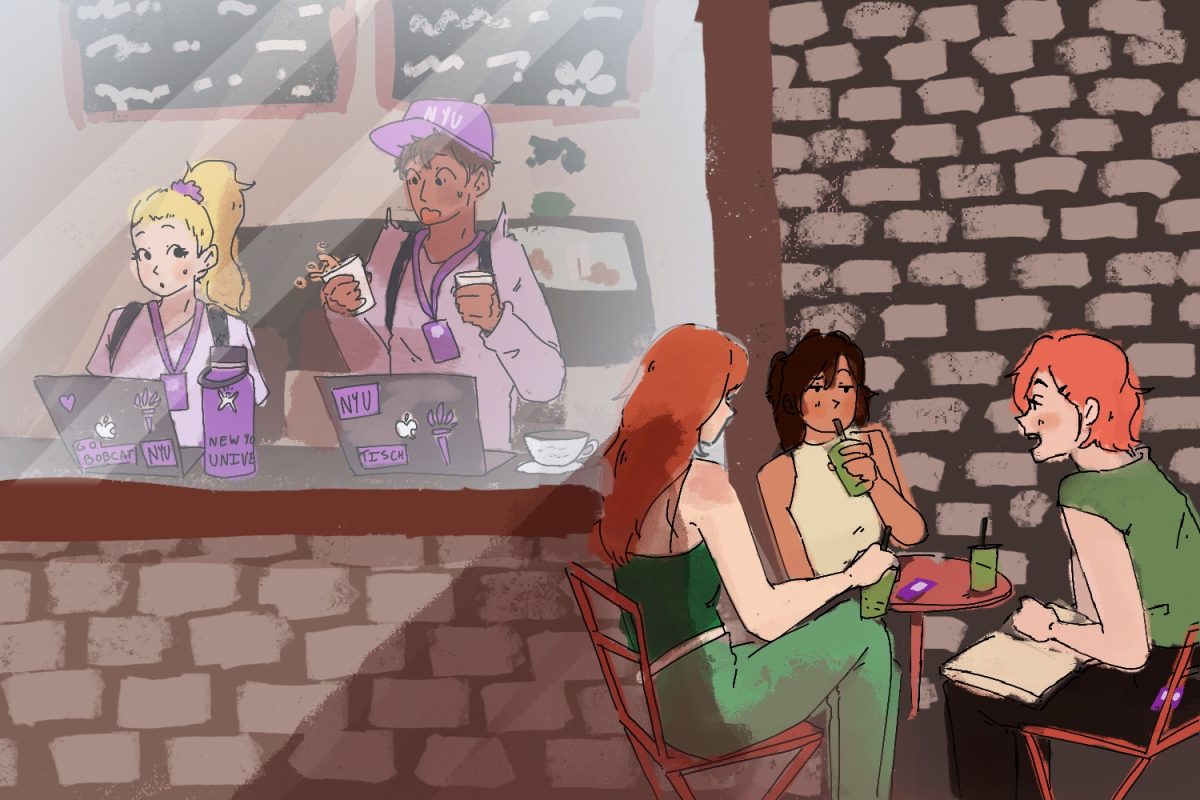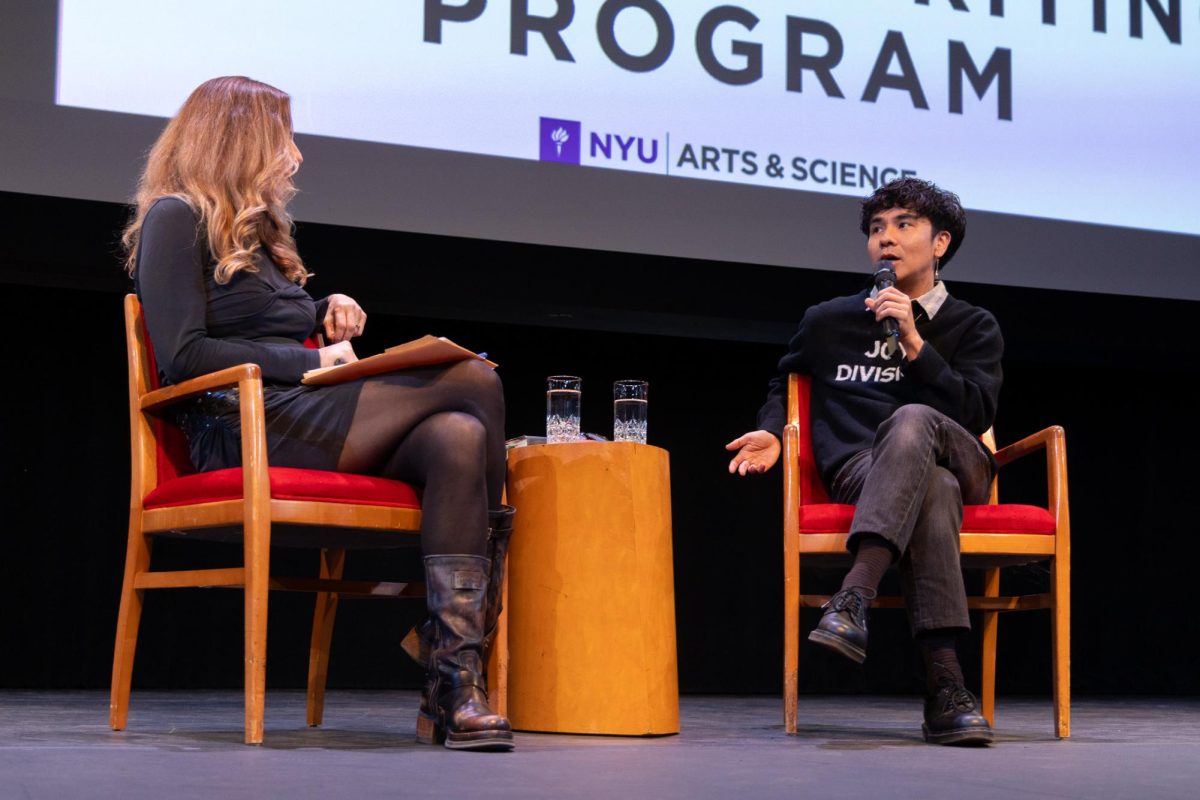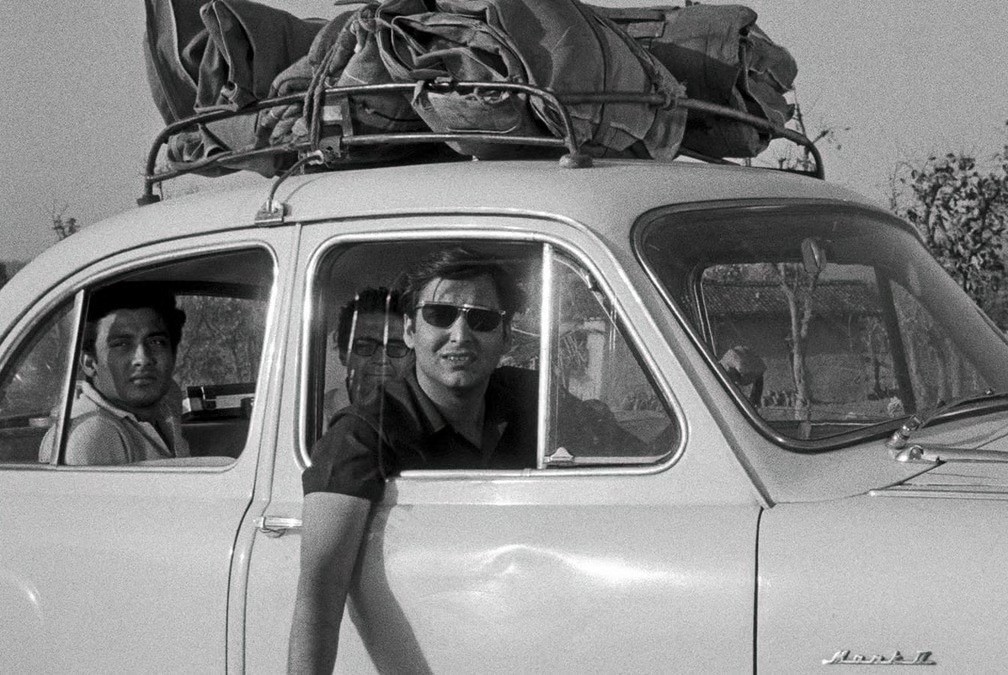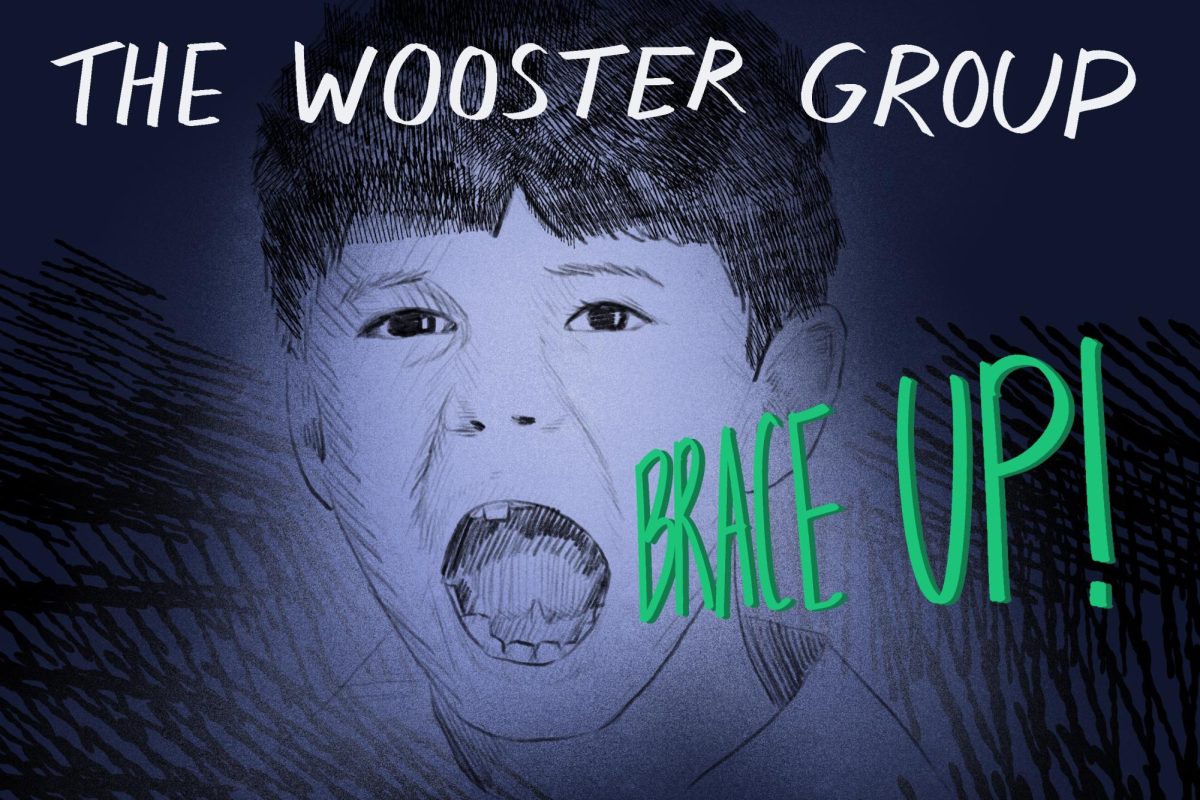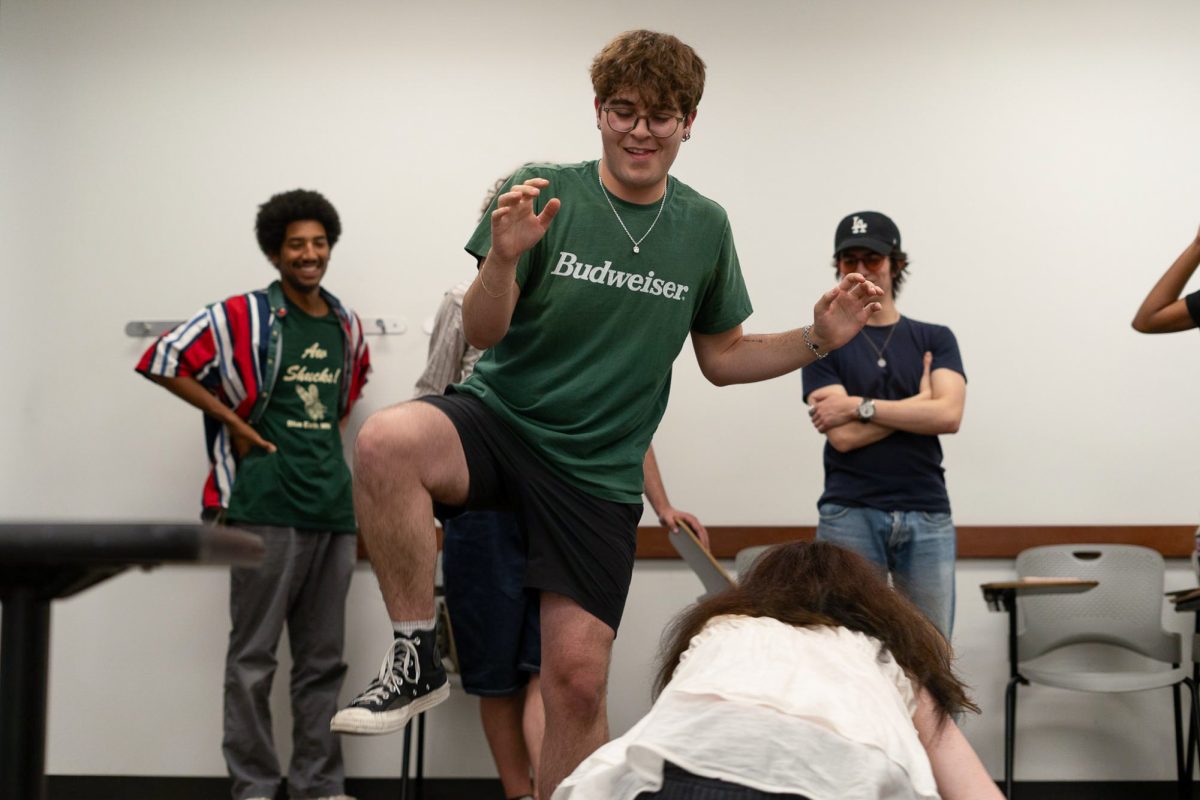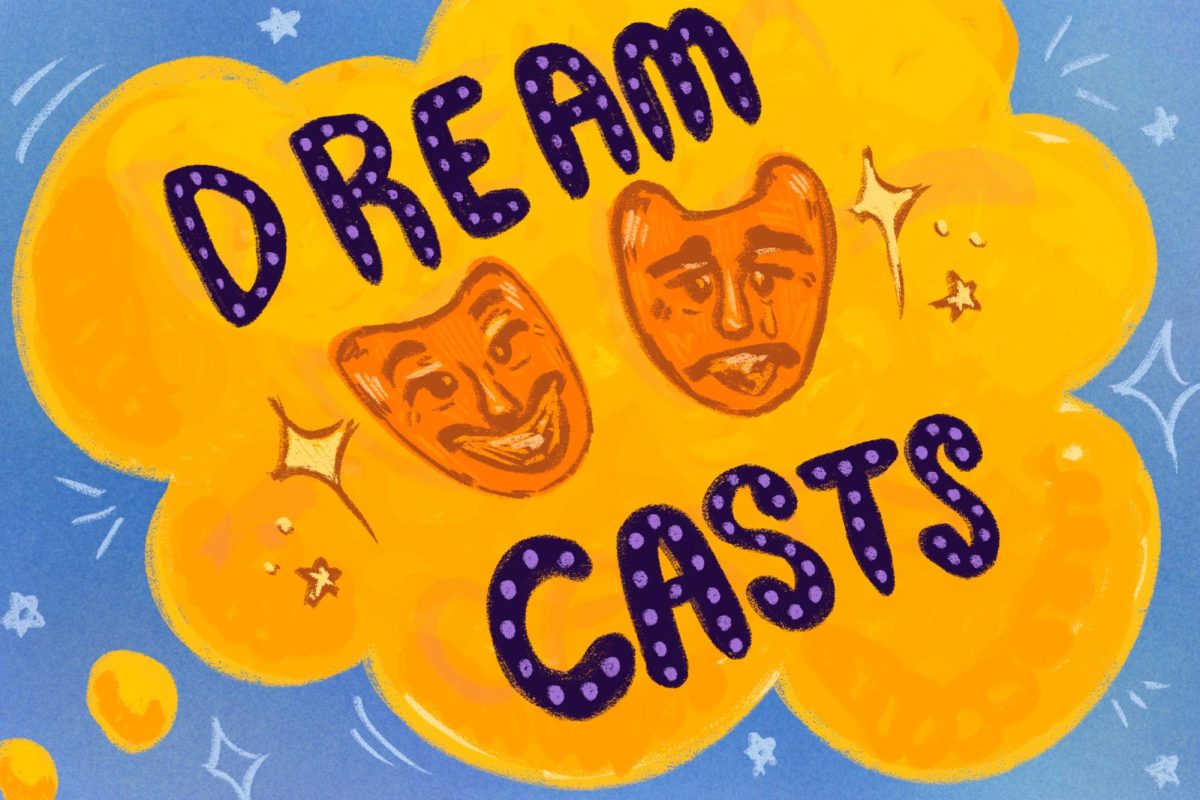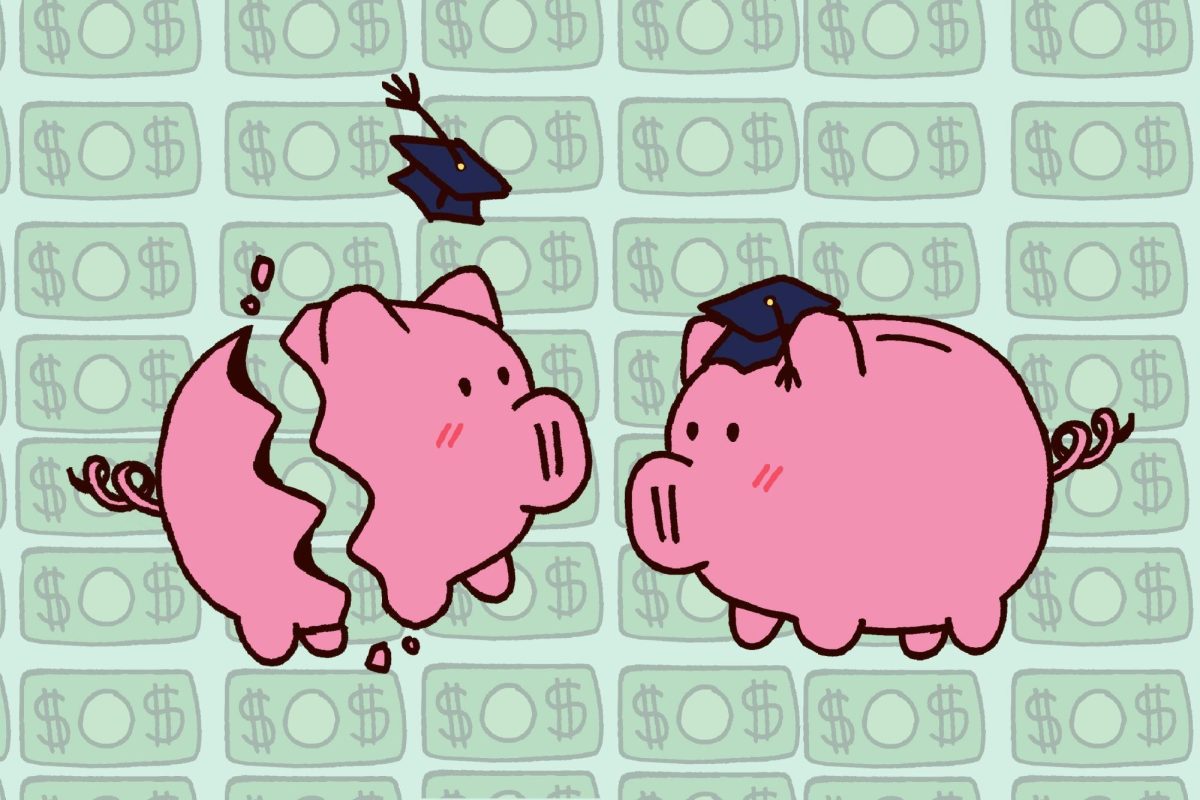How Unions Can Overcome the Collective Action Problem
February 20, 2018
The Union of Clerical, Administrative and Technical Staff of Local 3882 managed to collectively negotiate with NYU to ratify its new contract on Jan. 26, 2018. In a time where protests are more likely to become exhibitions at museums than change policy, and where unions are often critiqued for their infectivity, UCATS’s success should not be taken for granted.
The collective action problem lies in the fact that people who share the same goal and would benefit from working together often fail to organize, pursue and achieve their goals. In the case of UCATS, the expectancy of success and structure of the union itself were both key factors in making this agreement with the university possible. But above all, the merging of these two institutions demonstrates the importance of collective action in achieving tangible goals. If organizing benefits people, then why isn’t it done more often? Failures in collective action happen for the following three reasons, but it’s important to keep in mind that, like UCATS did, these challenges are possible to overcome:
- Free Rider Problem: A free rider is someone who takes advantage of an existing institution. When a public good is produced, it benefits everyone –– even those who did not bear any cost. This in turn creates an incentive for immobilization –– workers would rather not join the union and not protest. However, UCATS offers additional benefits to union members. This does not eliminate the free rider problem, but by creating exclusive perks, it increases participation.
- Pivotality and Cost: When the cost of individual participation is high, and the expected influence is low, people opt not to participate. At first, clerical and technical workers had many benefits to earn and a high probability of earning them. NYU was not likely to risk its reputation by mistreating its employees. Second, compared to a million-person rally, UCATS memberships consist of only 1,400 clerical and technical workers. This increases the importance of each member’s participation and creates a sense of responsibility. UCATS President Stephen Recher wrote “Over 150 UCATS members and supporters sustained a spirited rally today for two full hours. The weather was great, and we were noisy.”
- Group Size and Unanimous Participation: Research has shown that contrary to popular belief, smaller groups often tend to succeed at having their demands granted in comparison to larger groups. Smaller groups have room for greater accountability. Riding off the second point, UCATS membership is small enough to put a name to a face and hold members accountable (even by emotional and social standards) of what they do or do not do.
UCATS has done a good job of overcoming these problems. The term of their new contract ends on Oct. 31, 2023. It includes an initial wage increase of three percent and an additional increase following each year until 2022. It also improves training opportunities and child care funding, increases life insurance by $20,000 –– to a total of $50,000 –– and extends paid parental leave to up to six weeks. This is a deal that NYU employees rightfully deserve, but it’s important to remember that, like many benefits, it did not come easy.
Opinions expressed on the editorial pages are not necessarily those of WSN, and our publication of opinions is not an endorsement of them.
A version of this appeared in the Tuesday, Feb. 20 print edition. Email Ignangeli Salinas-Muñiz at [email protected].



